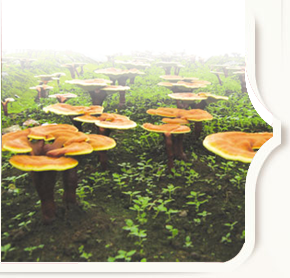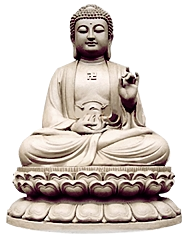The patient was diagnosed with breast cancer in December 2012. She heard ofGanod.. Read More
Before she started usingGanoderma Lucidum Spore Oil Softgels, this patients suga.. Read More
This patient was diagnosed with breast cancer in January of 2011. She was operat.. Read More
In 2009 he left breast was removed, however on a follow up examination in Septem.. Read More

History of Ganoderma Lucidum

As medication, Ganoderma Lucidum appears to be some of the oldest medicinal herbs that can be bought. Whenever we survey the annals of history, references to Ganoderma Lucidum in the classical Chinese texts get back to the era leading to a birth of Christ. We learn that discovery of Ganoderma Lucidum emereged as the result of the efforts of Chinese emperors to accomplish longevity of youth through herbal supplements.
Ganoderma Lucidum has been mentioned as one of the secrets behind the long life and health of Peng Zu , a legendary figure who lived nearly 900 years in the times of the Shang Dynasty (16th century-11th century B.C.) and married around 100 women .In addition, We come to know that during the times of Emperor Han Wu Di (156-87 BC), most significant emperors of China, Ganoderma
Lucidum was discovered growing in the imperial palace, an emblem of the prosperous
China of that period.
In fact, it did not exist in China as medicine only but also as symbol of
prosperity, immortality and energy carved on various parts of the imperial
palaces. It has also association with the emperors of Chin Dynasty, a dynasty
from which the word China came into use. Emperor Ti of Chin Dynasty (221 BC)
is said to have sent many hundreds women and men in search of this mushroom.
Moreover it has association with Taoists priests of the first century. They are
said to have used it in magic.
 In addition to its references in relation to imperial figures, China classical medical texts also look at its various aspects as a medicine.
In addition to its references in relation to imperial figures, China classical medical texts also look at its various aspects as a medicine.
In the Chinese oldest book on herbs written around 200 (A.D), Ganoderma Lucidum is mentioned as a herb superior to ginseng. During the Ming Dynasty (1368-1644) Li Shizhen, one of the greatest phyasician of that time, talked about the healthy effects of Ganoderma Lucidum in his Bencao Gangmu or Compendium of Materia Medica(1578). This book is regarded as one of the most comprehensive medical books of chinese medicine. In the 1970s it was introduced into Europe as a wonder herb and clinical studies started on it. In 1972, its indoor growth was started in Japan. Ever since then, it has been subject to numerous studies in the East and the West.



